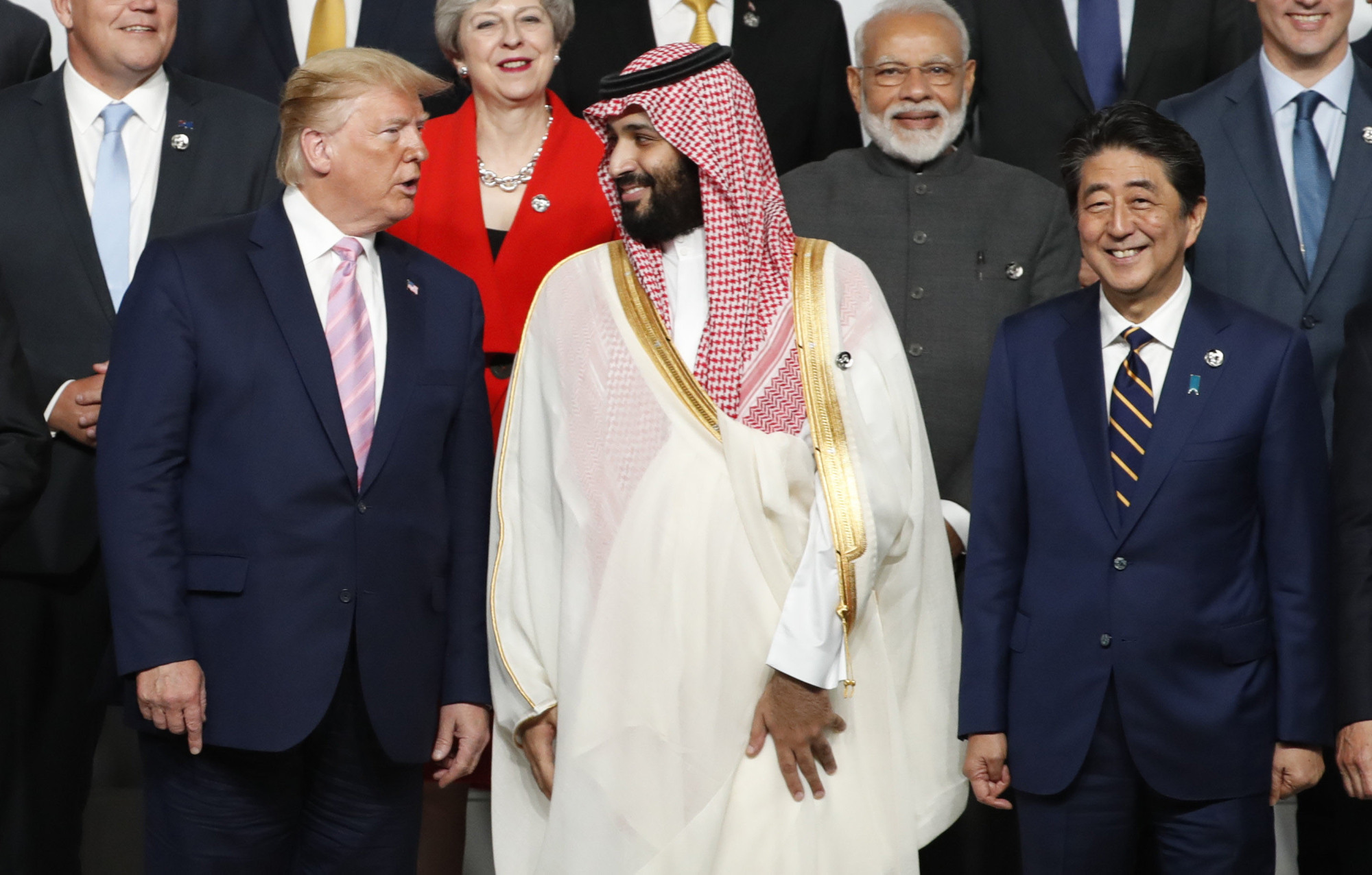A small squadron of drones — and possibly cruise missiles — penetrated Saudi Arabia's air defenses on Saturday, laying waste to a significant, valuable portion of two of the world's most essential oil processing facilities. Amid worries about the impact of the strikes on global oil markets (half of the kingdom's oil output was affected) and fears about broader military confrontations upending a region perennially vexed by crossed swords, ancient religious rifts, geopolitical maneuvering and greed, facts and conjecture began jockeying for attention.
Houthi rebels fighting the Saudis in a brutal civil war in Yemen took credit for the strikes. Iran backs the Houthis, and U.S. Secretary of State Mike Pompeo took to Twitter on Saturday afternoon to blame Iran for "an unprecedented attack on the world's energy supply" and to assert that there "is no evidence the attacks came from Yemen."
Pompeo didn't specify where the strikes actually originated. The Saudis, backed by the U.S. in Yemen, have yet to pin the strikes on Iran while the Iranians themselves deny any involvement. On Sunday, the U.S government produced photos that officials said indicated that the drones had to have flown into Saudi Arabia from Iraq or Iran. The government of Iraq denies being involved.

















With your current subscription plan you can comment on stories. However, before writing your first comment, please create a display name in the Profile section of your subscriber account page.